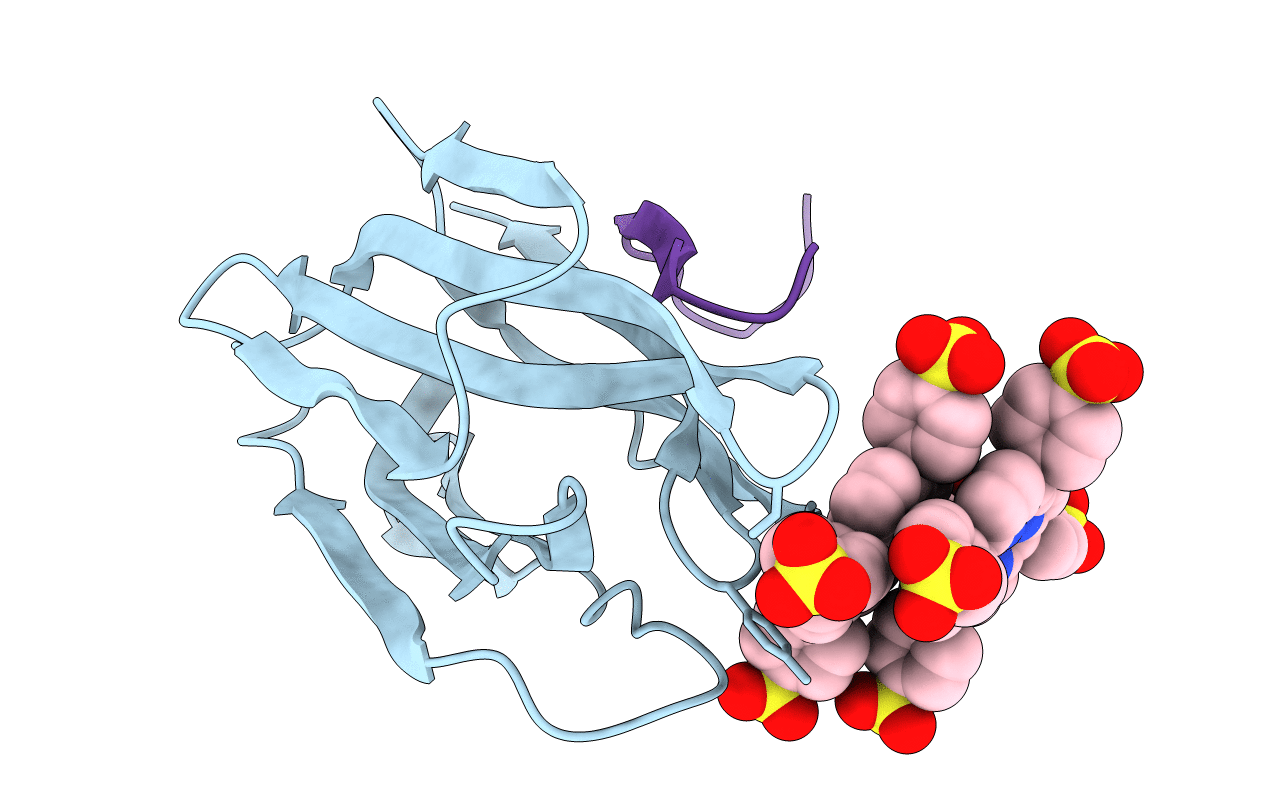
Deposition Date
2003-07-03
Release Date
2004-02-03
Last Version Date
2023-08-16
Entry Detail
PDB ID:
1PXD
Keywords:
Title:
Crystal structure of the complex of jacalin with meso-tetrasulphonatophenylporphyrin.
Biological Source:
Source Organism:
Artocarpus integer (Taxon ID: 3490)
Method Details:
Experimental Method:
Resolution:
1.80 Å
R-Value Free:
0.23
R-Value Work:
0.21
R-Value Observed:
0.21
Space Group:
I 2 2 2


